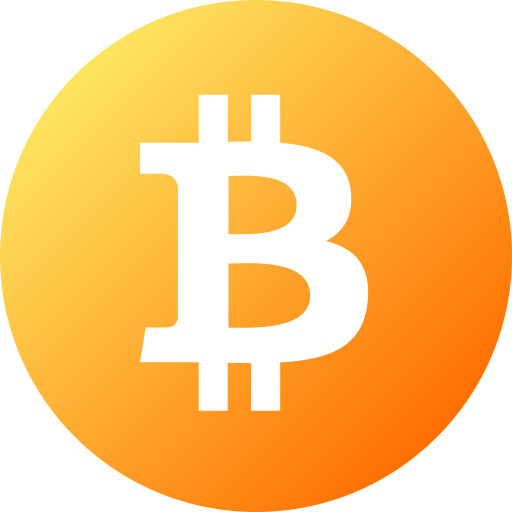Tech, Ethereum, EIP, News A brand new proposal hopes to extend gasoline charge limits by 100-fold, which theoretically would bump transactions per second to 2,000 within the coming years.
Ethereum Foundation researcher Dankrad Feist on Sunday filed the Ethereum Improvement Proposal 9698, a plan to let the blockchain’s gasoline restrict develop on autopilot over the following 4 years.
Feist is greatest identified in crypto circles for his efforts in scaling the Ethereum community. The “danksharding” aspect of the community’s Dencun replace was named after him.
The EIP introduces a deterministic “exponential” schedule baked into shopper defaults, which nudges the gasoline restrict upward by a tiny preset quantity each epoch. These predictable gasoline restrict will increase permit present validators to maintain their machines up to the mark, chopping the necessity for sudden upgrades.
If authorized and applied, the gasoline restrict ceiling would climb from 36 million models to roughly 3.6 billion, permitting an estimated 6,000 easy transfers per block and over 2,000 transactions per second (TPS). Ethereum’s present TPS is round 15-20 TPS.
Client groups would nonetheless must ship the code and depart the setting on by default, whereas operators may manually override it.
“The current gas limit mechanism relies on miner/operator voting, which lacks coordination and predictability,” Feist wrote in a Github submit because the motivation behind the proposal. “While flexible, this approach can lead to stagnation or overly cautious increases.”
“By introducing a predictable exponential growth pattern as a client default, this EIP encourages a sustainable and transparent gas limit trajectory, aligned with expected advancements in hardware and protocol efficiency,” Feist added.
The proposal units an activation level at Beacon-chain epoch 369017, roughly June 1. An epoch lasts 6.4 minutes and consists of 32 slots, every containing a block, which shops information and provides to the chain.
EIP-9698 now awaits evaluate by shopper maintainers and core builders. If they flip the change this June, Ethereum’s throughput curve may look very completely different by 2029—no laborious fork required.
The proposal comes as Ethereum faces competitors from a bloated panorama of blockchains that provide sooner settlement instances and considerably decrease charges. In latest years, this has led to an exodus of monetary exercise and customers to different networks.
Read extra: Vitalik Buterin Proposes Replacing Ethereum’s EVM With RISC-V
CoinDesk: Bitcoin, Ethereum, Crypto News and Price Data Read More
